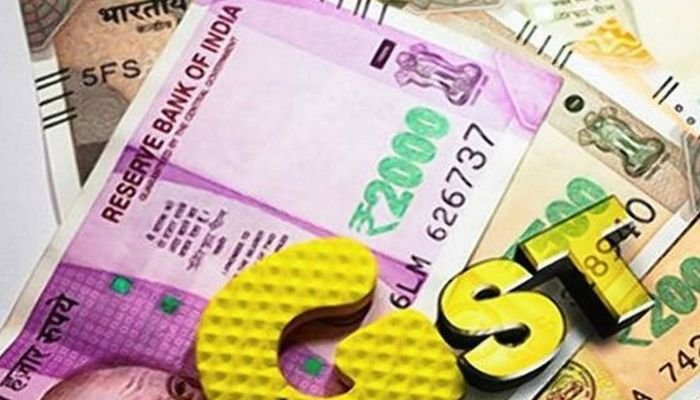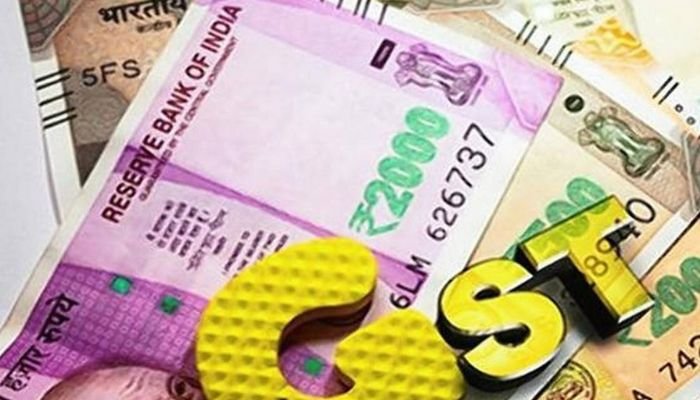The economic landscape of India has undergone a transformative journey with the implementation of the Goods and Services Tax (GST). However, a recent report by PRS Legislative Research has unveiled a perplexing trend - the persistent struggle of GST revenue to keep pace with Gross State Domestic Product (GSDP). This SEO article unravels the intricacies surrounding this challenge, examining key findings and shedding light on the implications faced by Indian states.
| Table section |
|---|
| 1. Introduction |
| 2. Understanding the Numbers |
| 3. The SGST and GSDP Ratio |
| 4. The Post-June 2022 Impact |
| 5. Challenges Faced by States |
| 6. The Road Ahead |
| 7. FAQ |
| 8. Conclusion |
Understanding the Numbers:
In the pre-GST era, revenues from taxes now incorporated into the GST framework contributed around 3% of GSDP for 27 states/UTs. The inaugural year of GST (2018-19) witnessed a drop to 2.7%, a trend that has endured in subsequent years, indicating a notable deviationcontinues to face challenges in achieving the desired equilibrium with GSDP, indicating a crucial imbalance in the revenue distribution system.
The Post-June 2022 Impact:
A seismic shift occurred in June 2022 with the cessation of GST compensation grants, significantly affecting states reliant on these funds. States such as Puducherry, Punjab, Delhi, Himachal Pradesh, Goa, and Uttarakhand find themselves particularly vulnerable post-June 2022. The end of these grants has created a financial void, prompting a reevaluation of revenue sources and fiscal strategies.

Challenges Faced by States:
States grapple with a confluence of challenges, creating a complex financial landscape:
1. Committed Expenditure and Revenue Deficit:
i. High levels of committed expenditure persist, contributing to a sustained revenue deficit.
ii. The delicate balance between revenue expenditure and receipts remains elusive, necessitating strategic financial planning.
2. Budgetary Concerns for FY24:
i. In the fiscal year 2023-24, certain states, including Puducherry, Punjab, and Himachal Pradesh, have already budgeted for a revenue deficit.
ii. Eleven states, comprising Andhra Pradesh, Himachal Pradesh, Kerala, Punjab, and West Bengal, project a revenue deficit even after accounting for revenue deficit grants.
The Road Ahead:
Navigating the challenges posed by the languishing share of GST revenue in GSDP requires a comprehensive approach:
1. Rationalization of Tax Slabs:
i. An in-depth analysis of tax slabs is imperative to enhance GST revenue without unduly burdening businesses and consumers.
ii. Rationalizing tax structures can potentially create a more equitable distribution of tax burdens, fostering economic growth.
3. Fiscal Reforms and Policy Adjustments:
i. Implementing strategic fiscal reforms and policy adjustments is crucial for states to adapt to the evolving economic landscape.
ii. Encouraging states to explore innovative revenue streams and optimize existing ones will be pivotal for long-term financial stability.
(FAQS)
Q1: What is the significance of the GST in the Indian economic landscape?
A1: The Goods and Services Tax (GST) is a pivotal element in India's economic structure, introduced to streamline taxation across the country.
Q2: How has the share of GST revenue in GSDP evolved over the years?
A2: In the pre-GST period, taxes now subsumed under GST contributed about 3% of Gross State Domestic Product (GSDP) for 27 states/UTs. However, in the first full year of GST (2018-19), this ratio dropped to 2.7%, and subsequent years have seen it consistently below the 3% mark.
Q3: What is the current State GST (SGST) to GSDP ratio, and why is it a concern?
A3: Despite state revenue receipts returning to pre-pandemic levels, the SGST to GSDP ratio remains below pre-GST levels. SGST constitutes over 40% of states' own tax revenue, indicating a significant imbalance in revenue distribution.
Q4: How has the end of GST compensation grants in June 2022 impacted states?
A4: The cessation of GST compensation grants in June 2022 has adversely affected states, particularly those heavily reliant on such funds. States like Puducherry, Punjab, Delhi, Himachal Pradesh, Goa, and Uttarakhand are identified as more vulnerable post-June 2022.
Q5: What challenges do states face in managing their finances?
A5: States grapple with a high level of committed expenditure, contributing to a persistent revenue deficit. Challenges include an increase in non-merit subsidies, a reversal of pension reforms, and poor financial conditions of state-owned distribution companies (discoms).
Q6: How are states addressing budgetary concerns for FY24?
A6: In the fiscal year 2023-24, states like Puducherry, Punjab, and Himachal Pradesh have budgeted for a revenue deficit. Eleven states, including Andhra Pradesh, Himachal Pradesh, Kerala, Punjab, and West Bengal, project a revenue deficit even after accounting for revenue deficit grants.
Q7: What measures are suggested to address the challenge of languishing GST revenue in GSDP?
A7: The article suggests the rationalization of tax slabs to enhance GST revenue without unduly burdening businesses and consumers. Additionally, implementing fiscal reforms and policy adjustments is crucial for states to adapt to the evolving economic landscape.
Q8: What is the potential impact of these suggested measures on long-term financial stability?
A8: The suggested measures, including rationalizing tax structures and implementing fiscal reforms, aim to create a more equitable distribution of tax burdens. These initiatives are pivotal for fostering long-term financial stability and sustainable economic growth.
A9: Revenue deficit grants play a crucial role in alleviating the financial challenges faced by states. The budgetary concerns for FY24 highlight that even with these grants, several states are projecting a revenue deficit, emphasizing the need for comprehensive financial planning.
Q10: How can the rationalization of tax slabs strike a balance between revenue generation and avoiding burdens on businesses and consumers?
A10: The rationalization of tax slabs involves a careful examination to ensure that the tax burden is distributed fairly. By adjusting tax rates to match economic realities, this approach aims to enhance revenue without imposing undue financial strain on businesses and consumers.
Conclusion:
The enigma of the languishing share of GST revenue in GSDP necessitates immediate attention and concerted efforts. As Indian states grapple with committed expenditures, revenue deficits, and the aftermath of the end of GST compensation grants, policymakers must chart a course towards financial resilience. Through meticulous fiscal planning, strategic reforms, and collaborative initiatives, states can foster an environment where GST revenue aligns seamlessly with GSDP, ensuring sustainable economic growth.


